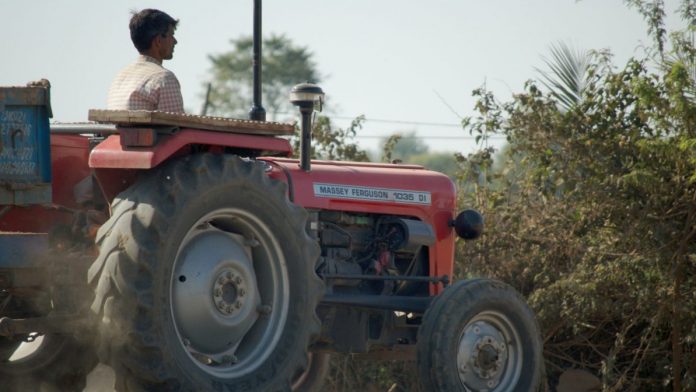Sudha Narayanan and Nirupam Mehrotra
2019 Loan Waivers and Bank Credit
In the past decade, farm loan waivers have become a policy instrument to alleviate the financial distress of farmers. Despite agreement on the theoretical rationale for such debt forgiveness and its deep contextual relevance, many fear that in the long run, loan waivers might vitiate the repayment culture in the farm sector and undermine the financial status of banks. At present, critiques of large-scale loan waivers rest on limited evidence. This article reviews and synthesizes existing research and available data on the implications of loan waivers, especially for the flow of credit to farmers from banks. On most of the issues, such as farmer well-being and repayment culture, there seems to be mixed evidence on the consequences of debt waivers. Credible evidence on macroeconomic implications is limited, mainly on account of methodological challenges. This article concludes that even if loan waivers are an inappropriate strategy to support farm incomes in sustainable ways, the wide-ranging negative impacts on the formal banking sector are perhaps overstated. A more fruitful approach would be to focus on whether loan waivers can be designed to reduce the possible negative consequences for the formal banking system as well as for macroeconomic system. The article identifies three possible instruments—loan insurance products that will help banks cope with the consequences of large-scale defaults. Second, to explore the creation of a distress fund that will cushion state finances, should there be a need for debt waivers. Third, it would be useful to consider the operation of debt relief commissions to have an ongoing process for debt waivers.

About the author